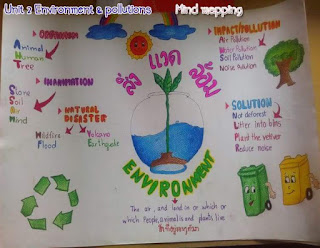Environment
The natural environment encompasses all living and non-living things occurring naturally on Earth or some region thereof. It is an environment that encompasses the interaction of all living species. Climate, weather, and natural resources that affect human survival and economic activity.
[1] The concept of the natural environment can be distinguished by components:
Complete ecological units that function as natural systems without massive civilized human intervention, including all vegetation, microorganisms, soil, rocks, atmosphere, and natural phenomena that occur within their boundaries and their nature
Universal natural resources and physical phenomena that lack clear-cut boundaries, such as air, water, and climate, as well as energy, radiation, electric charge, and magnetism, not originating from civilized human activity
In contrast to the natural environment is the built environment. In such areas where man has fundamentally transformed landscapes such as urban settings and agricultural land conversion, the natural environment is greatly modified and diminished, with a much more simplified human environment largely replacing it. Even events which seem less extreme such as hydroelectric dam construction, or photovoltaic system construction in the desert, the natural environme
It is difficult to find absolutely natural environments, and it is common that the naturalness varies in a continuum, from ideally 100% natural in one extreme to 0% natural in the other. More precisely, we can consider the different aspects or components of an environment, and see that their degree of naturalness is not uniform.
[2] If, for instance, we take an agricultural field, and consider the mineralogic composition and the structure of its soil, we will find that whereas the first is quite similar to that of an undisturbed forest soil, the structure is quite different.





No comments:
Post a Comment